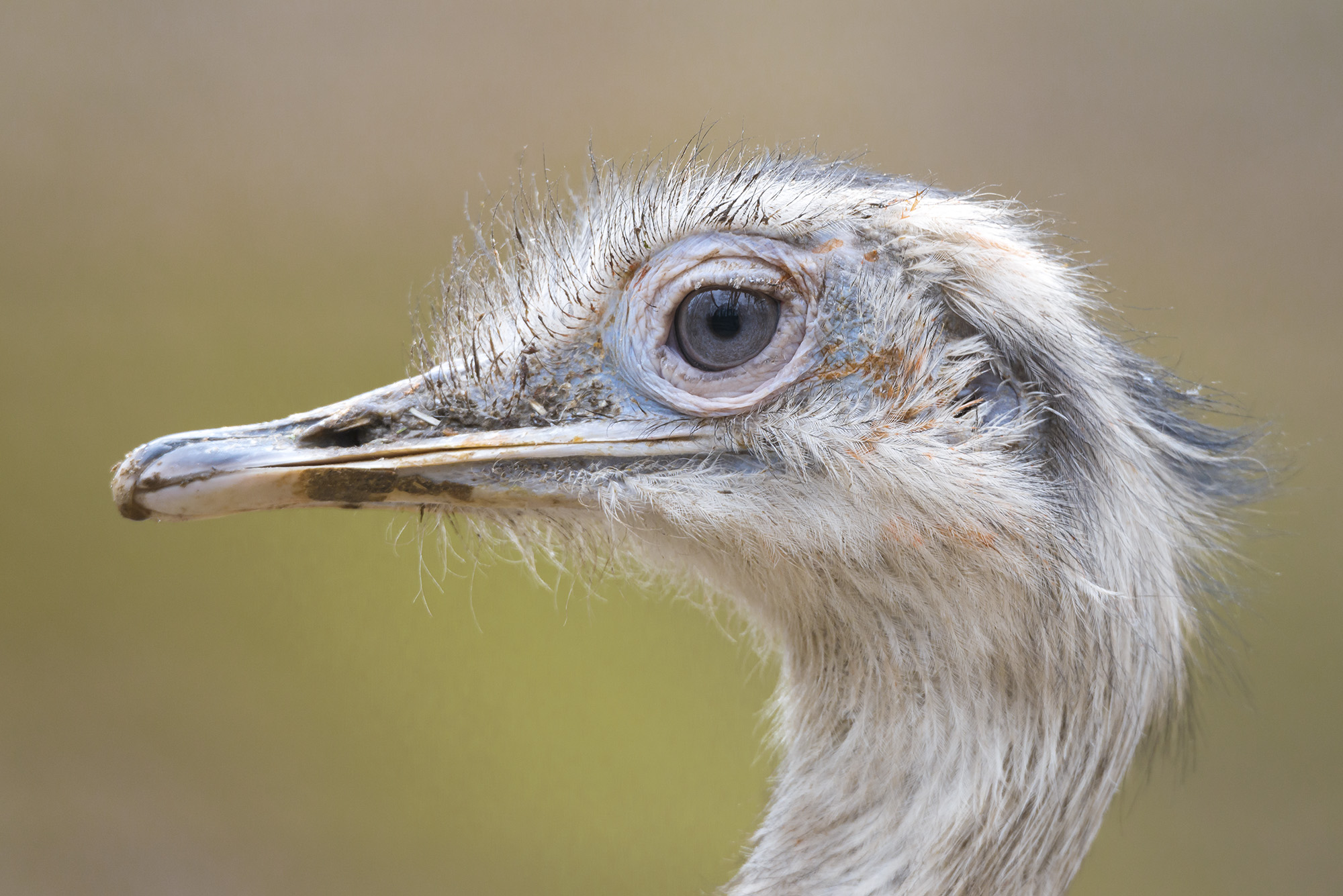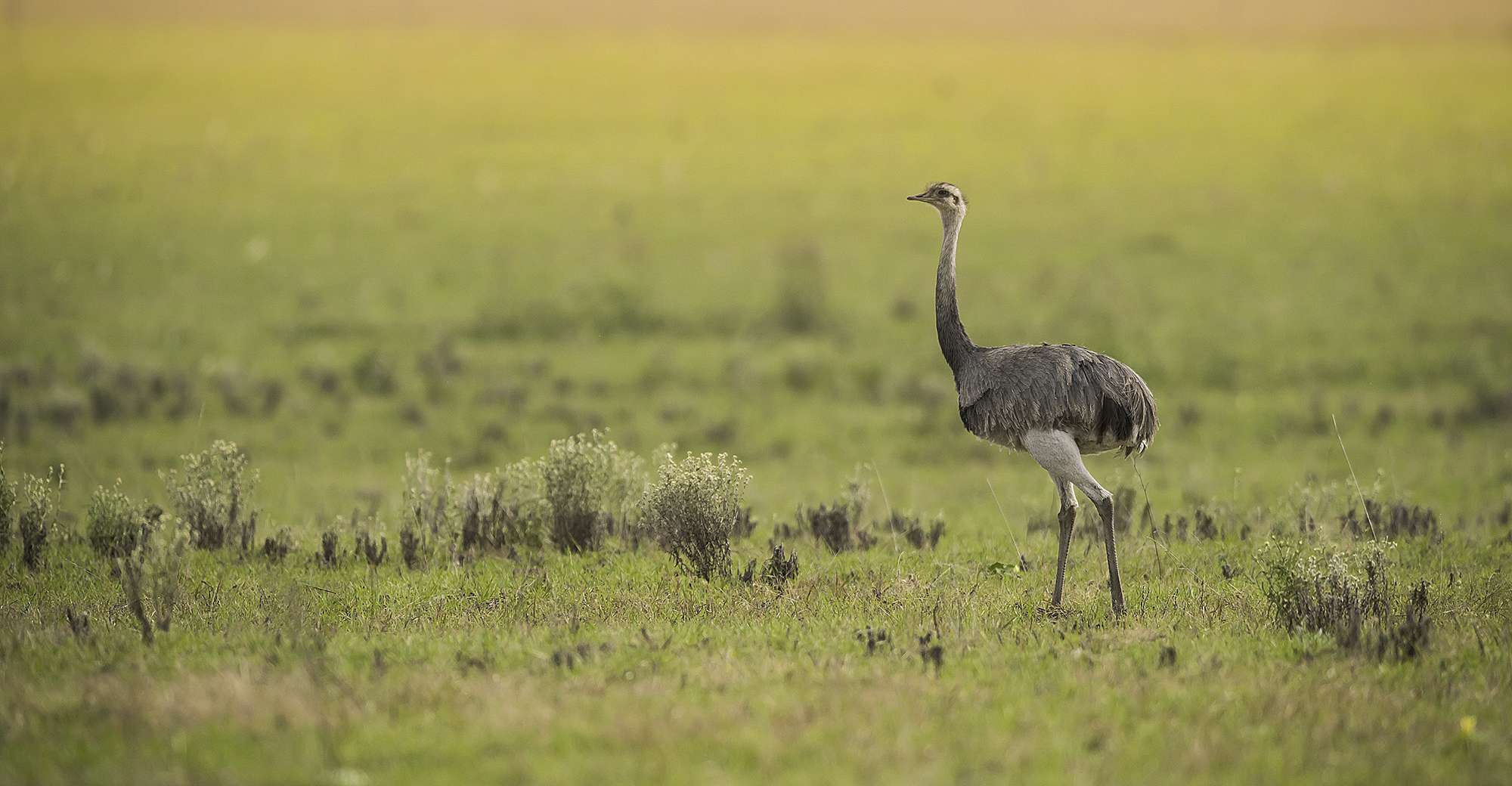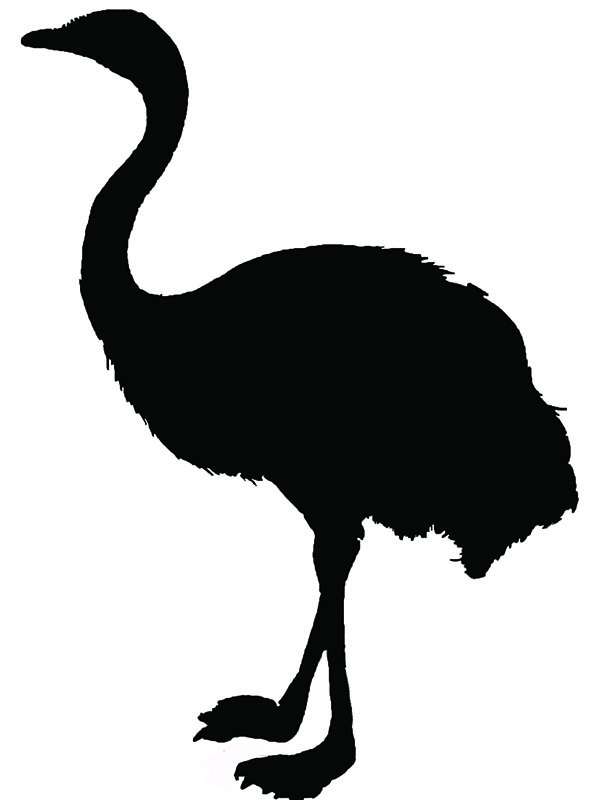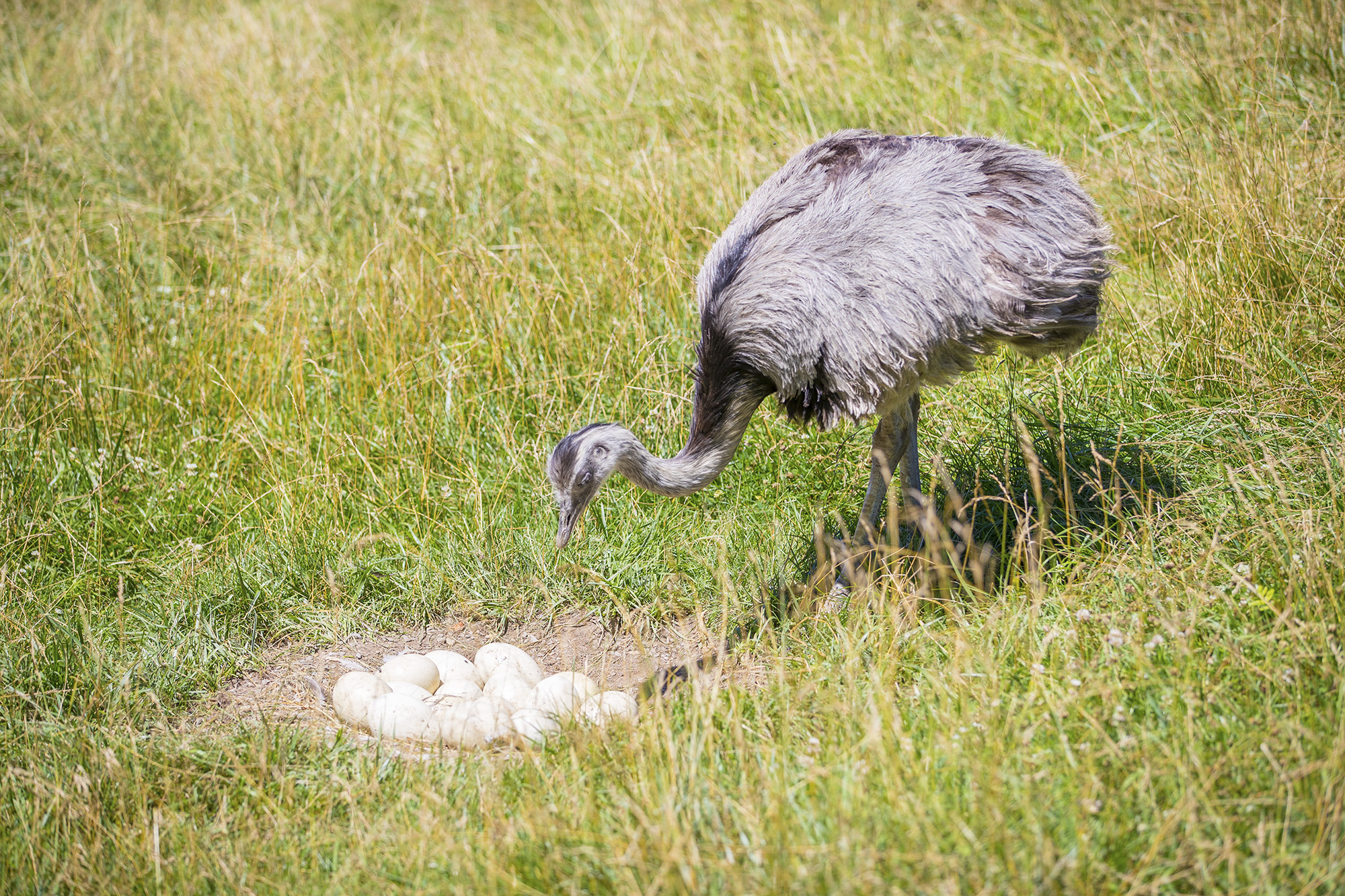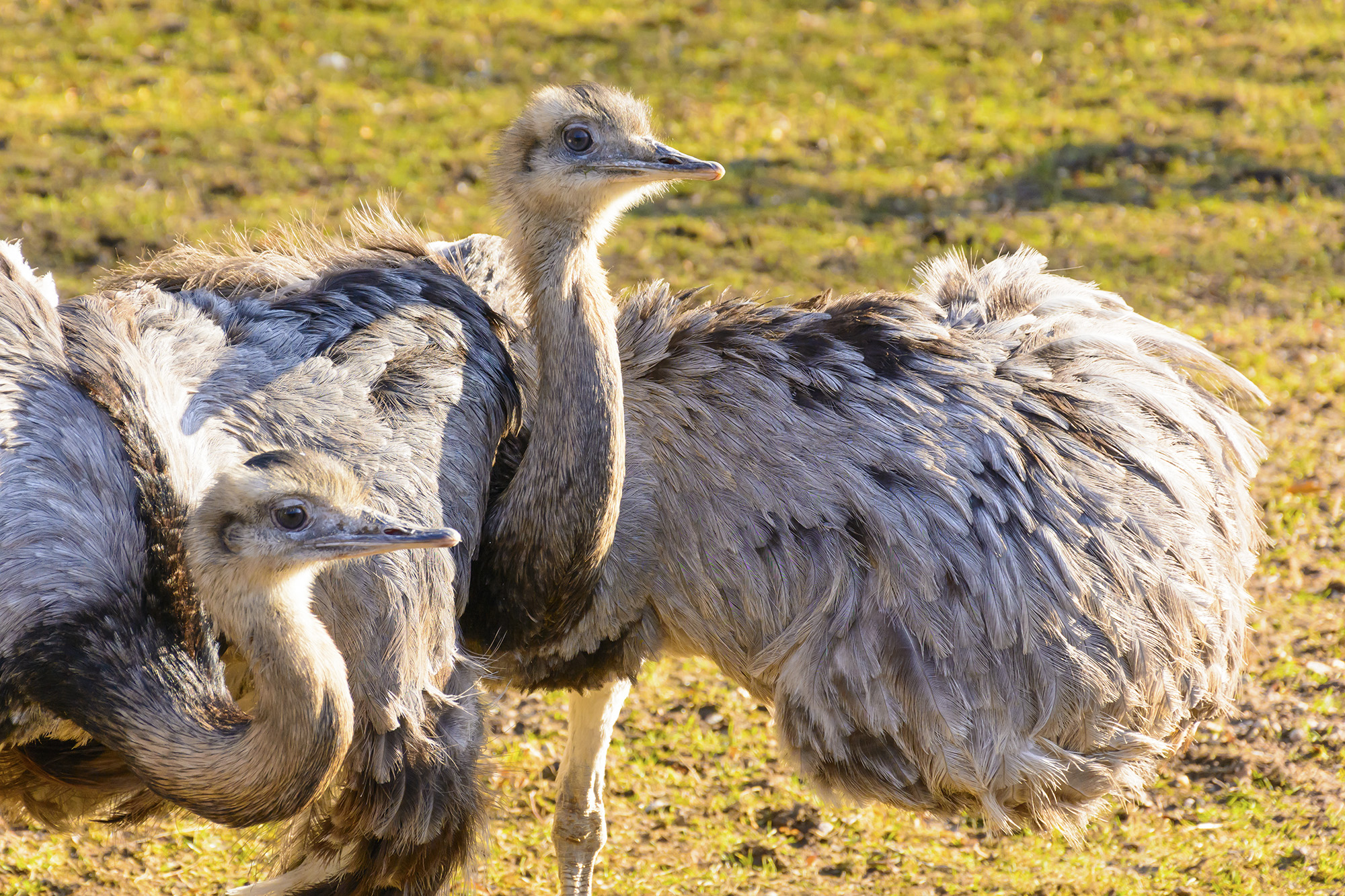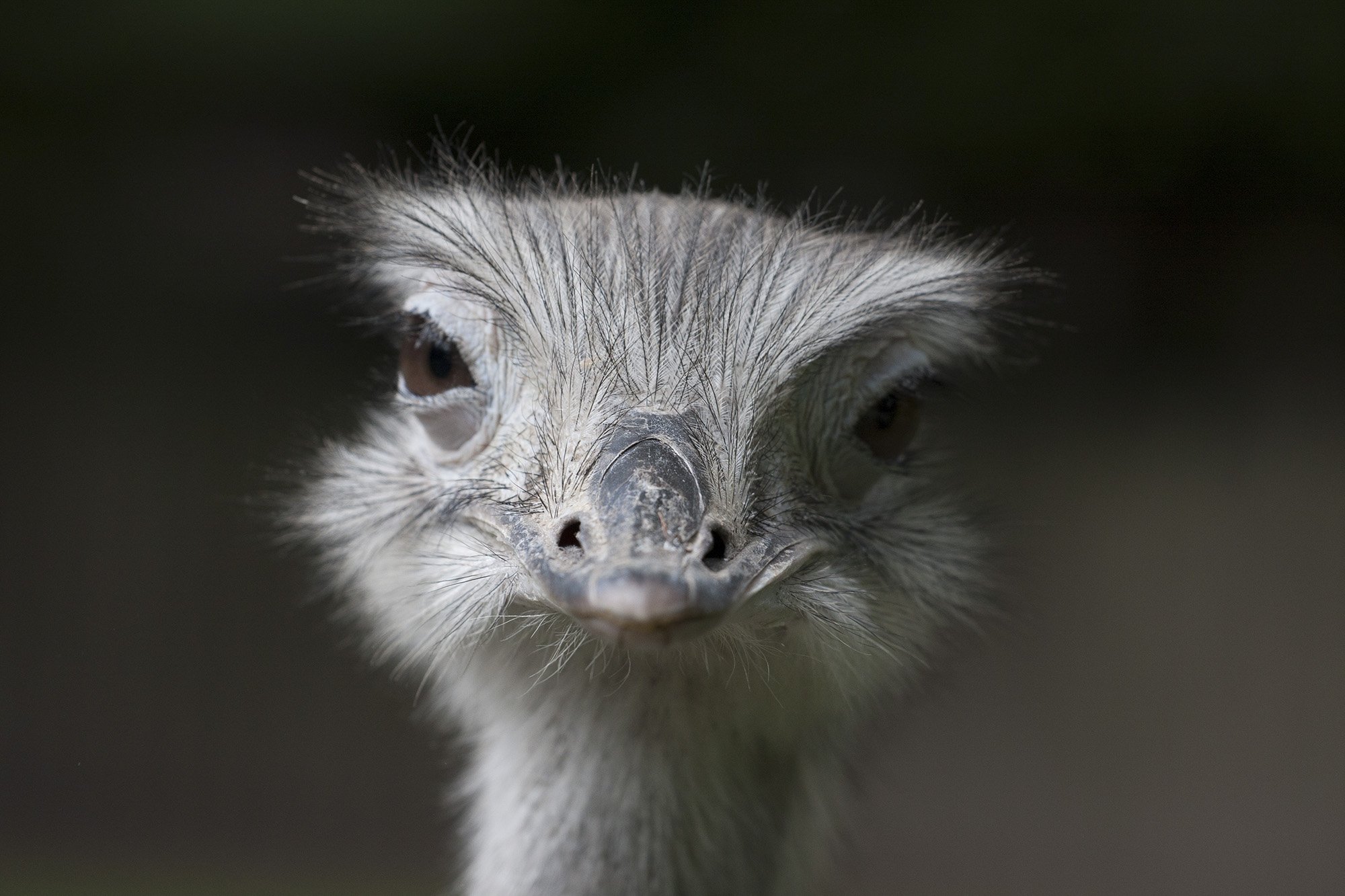Greater Rhea
(Rhea americana)
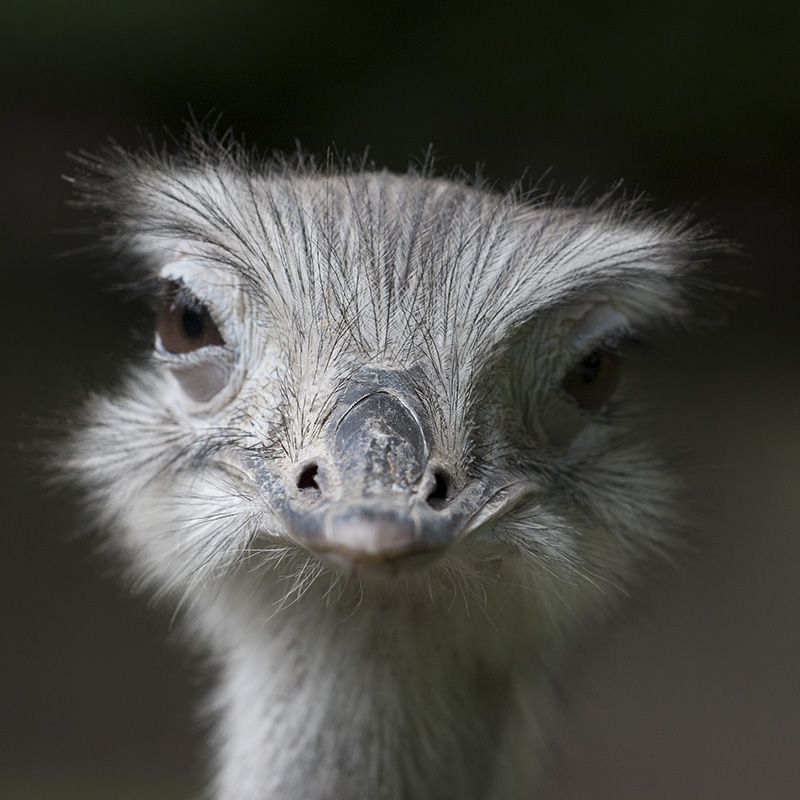
Cerrado Woodlands and Savannas
STATISTICS
Height up to
1.7 m
Weight up to
25 kgs
Lifespan
15 Years
Flightless Bird - Fast Runner - Good Swimmer
A flightless bird endemic to eastern South America, the Greater Rhea inhabits a variety of open areas with low vegetation, such as grassland and cultivated fields. However, it prefers to breed near rivers, lakes, and swamps. The Greater Rhea’s diet primarily consists of plant matter, especially alfalfa and wild dicots, but it also consumes insects, lizards and birds and will swallow pebbles to help grind down food in the gizzard for easier digestion.
This species is the largest bird in South America, with males typically larger than females. It has fluffy, tattered-looking grey plumage and long wings, which it utilizes when running to maintain balance during tight turns. When spooked, the Greater Rhea tends to flee in a zig-zagged pattern, alternating which wing is in the air. Its natural predators are cougars and jaguars.
This bird is social and flocks together, often forming mixed herds with other large animals, such as deer and guanacos. Usually silent, the Greater Rhea emits low booming noises during mating season. Polygamous birds, males incubate the eggs and rear the chicks of several different females in a ground nest of his own design, with females leaving to mate with other males. The male is therefore a solitary, attentive, and protective parent, keeping its young together by means of plaintive contact whistles and guarding them aggressively.
BIODIVERSITY BENEFIT
Population Control and Seed Dispersal
THREATS
Egg Collection
Eggs are collected for food by humans.
Hunted
Hunted for meat and skins that are made into leather products.
Habitat Loss and Fragmentation
Much of their habitat is used for ranching or cropland. Fencing can also affect the movements of the Rhea.
PROTECT THE WILDARK 100
